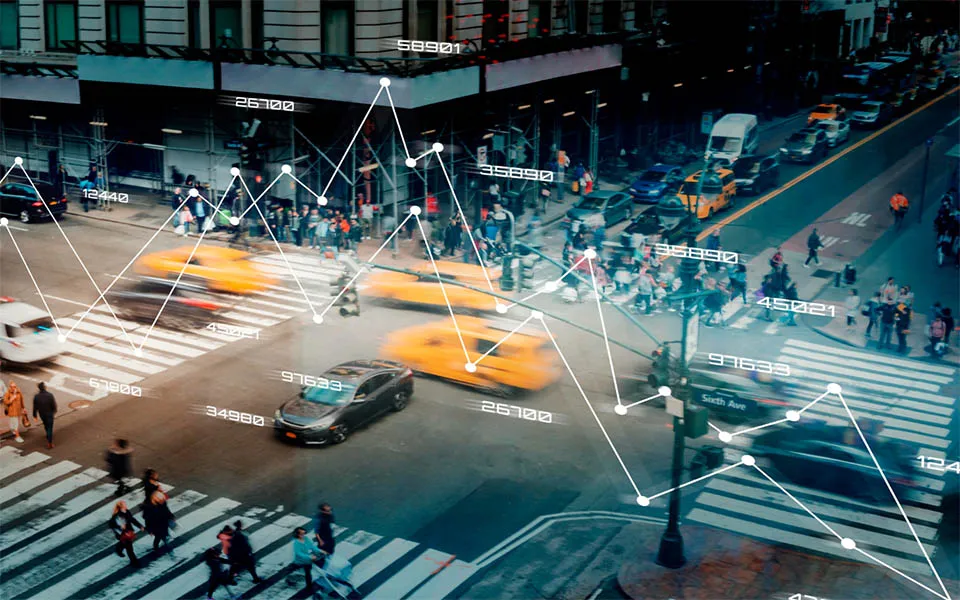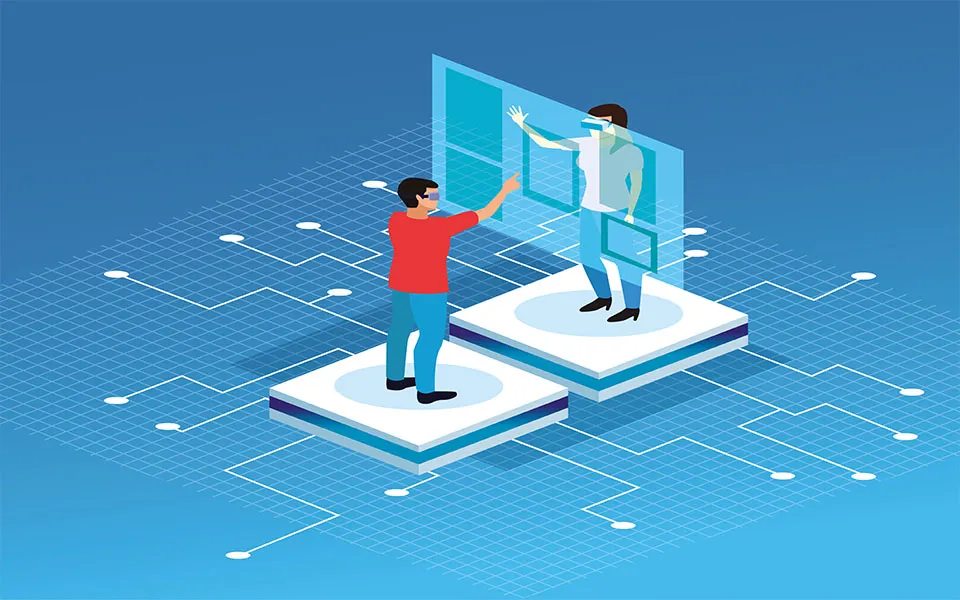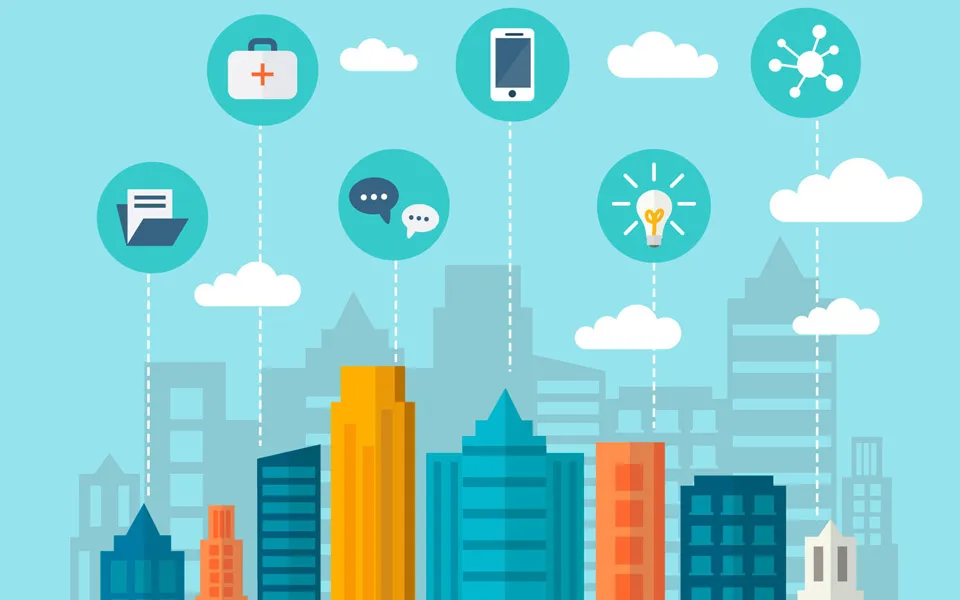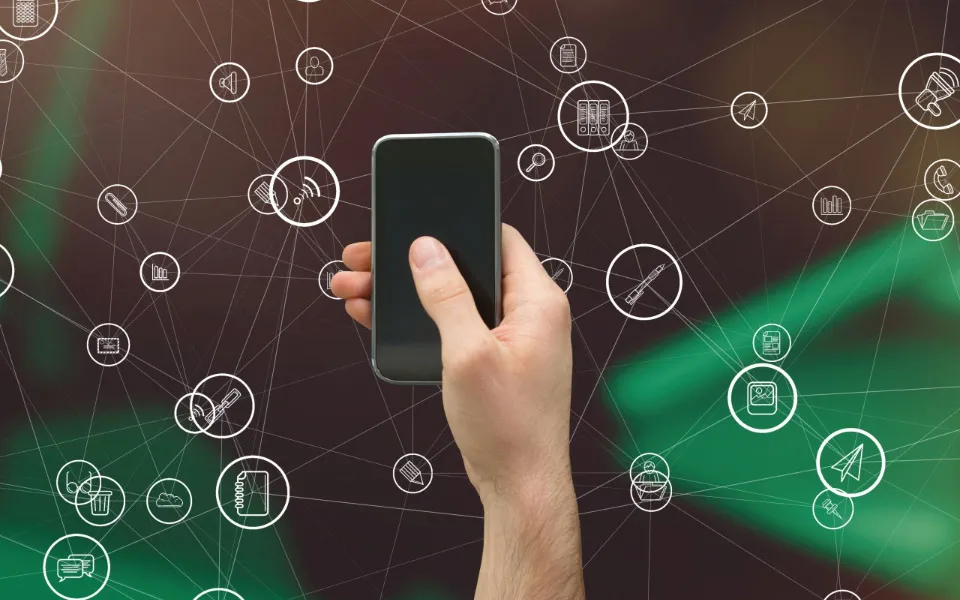Best VOIP Wireless Internet for Your Business
In the rapidly evolving landscape of technology, the Internet of Things (IoT) has emerged as a transformative force, connecting devices, networks, and cloud technologies to usher in a new era of efficiency and automation. At the heart of this groundbreaking paradigm lies IoT architecture, a complex yet essential framework that facilitates seamless communication and data processing among interconnected 5G devices. In this article, we delve into the intricacies of IoT architecture, exploring its layers, components, and real-world applications.
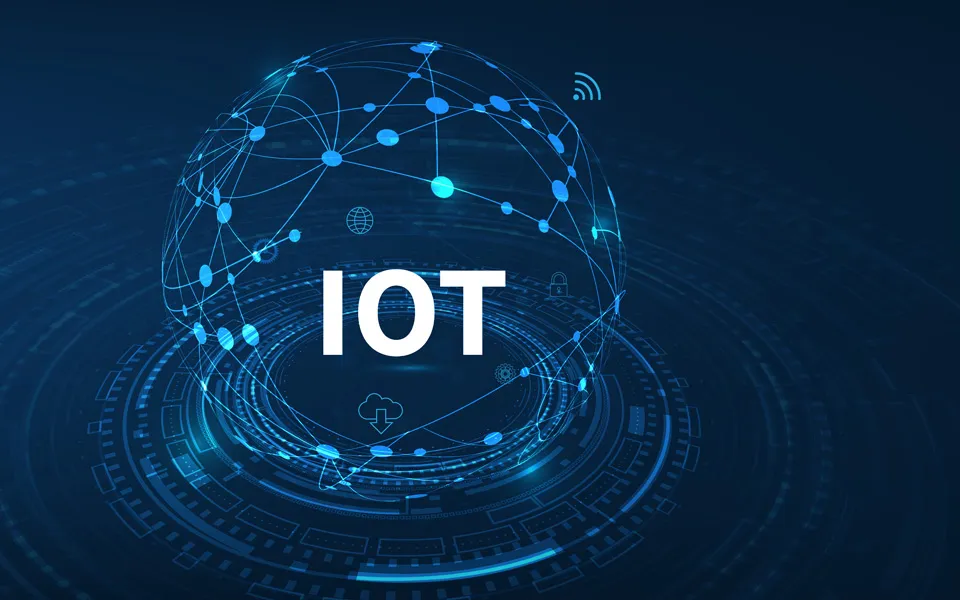
Understanding IoT Architecture
IoT architecture is a multifaceted framework encompassing devices, network structures, and cloud technology, enabling communication and collaboration among IoT devices. At its core, IoT architecture comprises three fundamental layers:
1. Perception Layer
The perception layer forms the bedrock of IoT architecture, housing the physical IoT devices such as sensors, health monitors, lighting systems, autonomous vehicles, and security systems. These devices act as data collection points, gathering information about their surroundings. For instance, in agriculture, IoT devices may record atmospheric data, moisture levels, soil temperature, and airflow to optimize crop yield and revenue.
2. Network Layer
The network layer facilitates the connectivity between IoT devices, ensuring the seamless transmission of collected data to the cloud or edge devices for processing. Utilizing technologies like Cellular 4G LTE/5G, Wi-Fi, Bluetooth, and Low-Power Wide-Area Networks, this layer relies on internet gateways to efficiently move data from the physical perception layer to the processing phase.
3. Application Layer
Serving as the interface through which users interact with IoT systems, the application layer plays a crucial role in managing and orchestrating IoT devices. Here, administrators create rule sets, set service-level agreements, and control the network through a centralized dashboard. This layer is essential for ensuring the reliability, efficiency, and security of IoT architectures.
Extended Layers: Exploring the Five-Layer Model
While the three-layer model provides a foundational understanding of IoT architecture, a more detailed approach involves an additional two layers, offering a comprehensive view of the entire ecosystem:
4. Processing Layer
Once the collected data reaches the cloud or edge devices, the processing layer comes into play. Here, servers leverage advanced technologies like machine learning and artificial intelligence to transform raw data into valuable information. For example, an IoT sensor detecting a significant temperature fluctuation may trigger AI alerts, prompting actions such as adjusting HVAC units to resolve the issue.
5. Business Layer
The final layer, the business layer, focuses on translating information into business intelligence to drive decision-making. Stakeholders and executives utilize insights gathered at the application layer to make informed decisions. This layer often relies on reports and live dashboards for business intelligence, allowing for a deeper understanding of the impact of IoT implementations on business operations.
The Significance of IoT Architecture
Administrators leverage IoT architecture to manage and support a myriad of IoT devices, ranging from internet-connected light bulbs to complex safety sensors in industrial settings. These devices utilize small sensors to collect data, which is then sent to servers for processing. The resulting information and insights enable businesses to automate tasks, enhance efficiency, and improve overall system uptime.
IoT Architecture Use Cases
To better comprehend the real-world applications of IoT architecture, we explore use cases in various industries, highlighting how IoT networks create tangible value:
1. IoT in Healthcare
Hospitals and clinics, abundant with untapped data, can benefit significantly from IoT architecture. Health monitors, EKG machines, ventilators, and staff devices generate data that, when transformed into valuable insights, can enhance patient care and operational efficiency. Real-time patient health monitoring, equipment tracking, and preventive maintenance are just a few examples of how IoT architecture revolutionizes healthcare.
2. IoT in Manufacturing
The manufacturing industry, an early adopter of IoT technology, relies on sensors to gain insights into processes, even those not directly connected to the internet. Short-range IoT sensors, demand forecasting through real-time production monitoring, and cycle time tracking are among the ways manufacturers leverage IoT architecture to optimize efficiency and reduce downtime.
3. IoT in Agriculture
Farmers harness IoT architecture to improve crop yield, predict outputs, and autonomously manage their fields. With the advent of private 5G networks, farmers can deploy IoT architectures across vast expanses of land. From monitoring soil temperature for optimal planting to employing autonomous tractors powered by GPS, IoT architecture is transforming traditional farming practices.
The Future of IoT Architectures with Private 5G
As technology advances, the future of IoT architecture is closely intertwined with the evolution of enterprise 5G networks. Private 5G networks empower administrators to establish their 5G mobile networks, providing control over cellular resources, budget, and coverage. Unlike relying on commercial networks, private 5G allows for granular control over throughput and latency, ensuring reliable IoT architectures even during peak traffic times.
Challenges and Solutions
While IoT architecture offers unprecedented advantages, challenges exist, particularly when relying on commercial cellular networks. Issues such as bandwidth throttling, speed limitations, and lack of interoperability can impede the effectiveness of IoT implementations. Private 5G networks address these challenges by providing administrators with full control over IoT network resources, infrastructure, and service levels, ensuring a seamless and secure IoT ecosystem.
How Horizon Powered can Help
In the dynamic landscape of IoT architecture, Horizon Powered products emerge as a transformative solution, seamlessly addressing the complexities and challenges associated with building and managing robust IoT ecosystems. By offering advanced connectivity solutions, Horizon Powered ensures reliable communication across the perception, network, and application layers of IoT architecture. Their cutting-edge products leverage private 5G networks, providing administrators with unparalleled control over cellular resources, infrastructure, and service levels. This level of control is instrumental in overcoming the limitations of commercial cellular networks, such as bandwidth throttling and interoperability issues.
Horizon Powered’s innovative approach aligns with the evolving needs of businesses, offering a future-ready solution that enhances the efficiency, security, and overall performance of IoT architectures. As organizations navigate the intricacies of IoT implementation, Horizon Powered stands as a strategic ally, empowering them to unlock the full potential of IoT technologies and shape the connected future with confidence.
Conclusion
In conclusion, IoT architecture stands as the cornerstone of the transformative power of the Internet of Things. From the foundational layers of perception, network, and application to the advanced processing and business layers, each component plays a pivotal role in creating efficient, automated, and intelligent IoT ecosystems. Real-world examples in healthcare, manufacturing, and agriculture showcase the tangible impact of IoT architecture, while the integration of private 5G networks signals a promising future of enhanced control and reliability. As technology continues to advance, the evolution of IoT architecture will undoubtedly shape the way businesses operate and innovate in the interconnected world of tomorrow.

